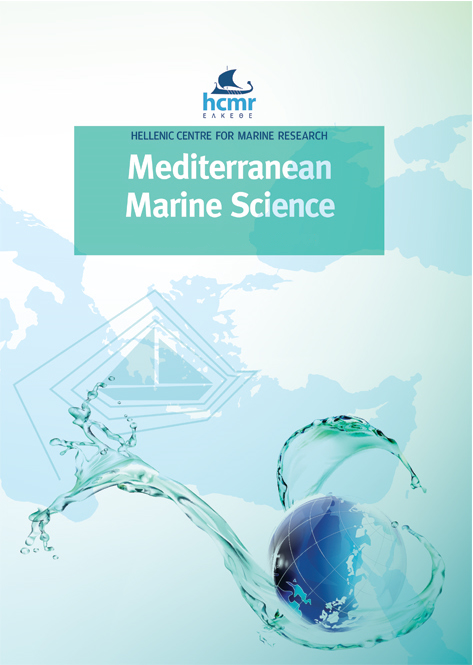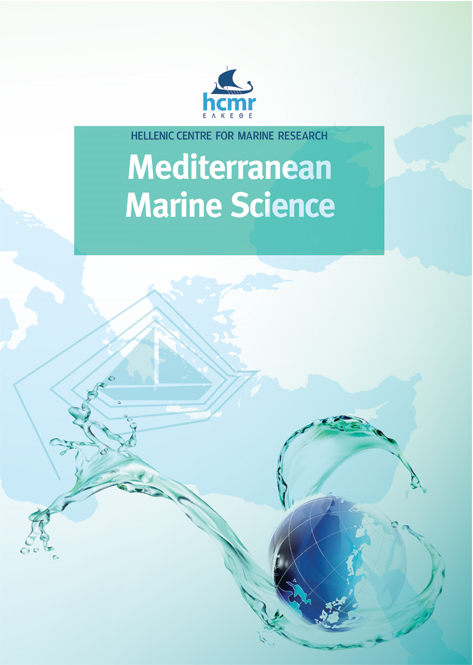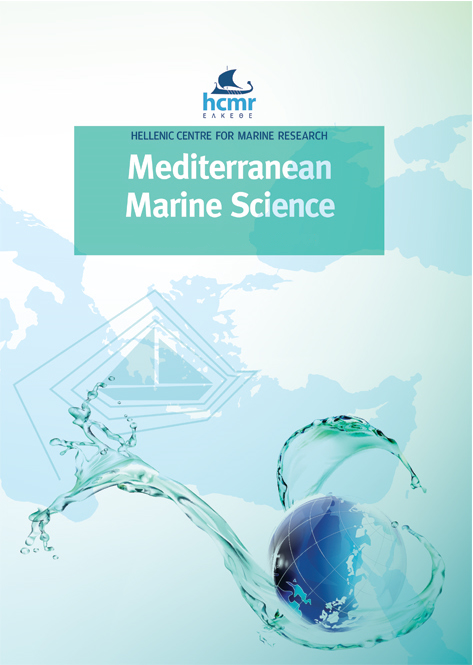A non-destructive method for assessing the feeding habits of coastal fish
Περίληψη
Studies on the feeding ecology of sympatric coastal species is important, especially in revealing different strategies to reduce competition. The aim of this study is to test the diet of littoral fish species with a non-destructive method, which does not necessitate the sacrifice of fish specimens. The clingfish Lepadogaster lepadogaster (Bonnaterre, 1788) was used to test this diet assessment method. Freshly caught specimens were delivered immediately to a specially designed box for collecting faecal pellets, supplied by an aerator. Clingfishes were left in the chambers for 24 hours to defecate. The pellets were carefully removed and fixed in 70% alcohol. The content of the pellets was analysed under stereomicroscope and prey items were determined and counted. The comparison with the existing studies showed similarity and consistency between their results, which proves the usefulness and applicability of the method for studying clingfish diet. The suitability of the proposed method was tested on related species L. candollei Risso, 1810, where all ingested prey items were also found and identified in faecal pellets, which confirms its effectiveness for diet analysis. A method of collecting faecal pellets immediately after defecation has proved to be more useful and effective than other nonlethal methods. After defecation, the specimens were released at the site where they were collected. Due to 100% survival as shown in this research, the proposed method is also suitable for studying the diet of rare and endangered fish species, and also coastal fish fauna in protected areas where traditional destructive sampling methods are not appropriate or allowed.
Λεπτομέρειες άρθρου
- Πώς να δημιουργήσετε Αναφορές
-
TRKOV, D., & LIPEJ, L. (2019). A non-destructive method for assessing the feeding habits of coastal fish. Mediterranean Marine Science, 20(2), 453–459. https://doi.org/10.12681/mms.20234
- Τεύχος
- Τόμ. 20 Αρ. 2 (2019)
- Ενότητα
- Research Article
Authors who publish with this journal agree to the following terms:
- Authors retain copyright and grant the journal right of first publication with the work simultaneously licensed under a Creative Commons Attribution Non-Commercial License that allows others to share the work with an acknowledgement of the work's authorship and initial publication in this journal.
- Authors are able to enter into separate, additional contractual arrangements for the non-exclusive distribution of the journal's published version of the work (e.g. post it to an institutional repository or publish it in a book), with an acknowledgement of its initial publication in this journal.
- Authors are permitted and encouraged to post their work online (preferably in institutional repositories or on their website) prior to and during the submission process, as it can lead to productive exchanges, as well as earlier and greater citation of published work (See The Effect of Open Access).















